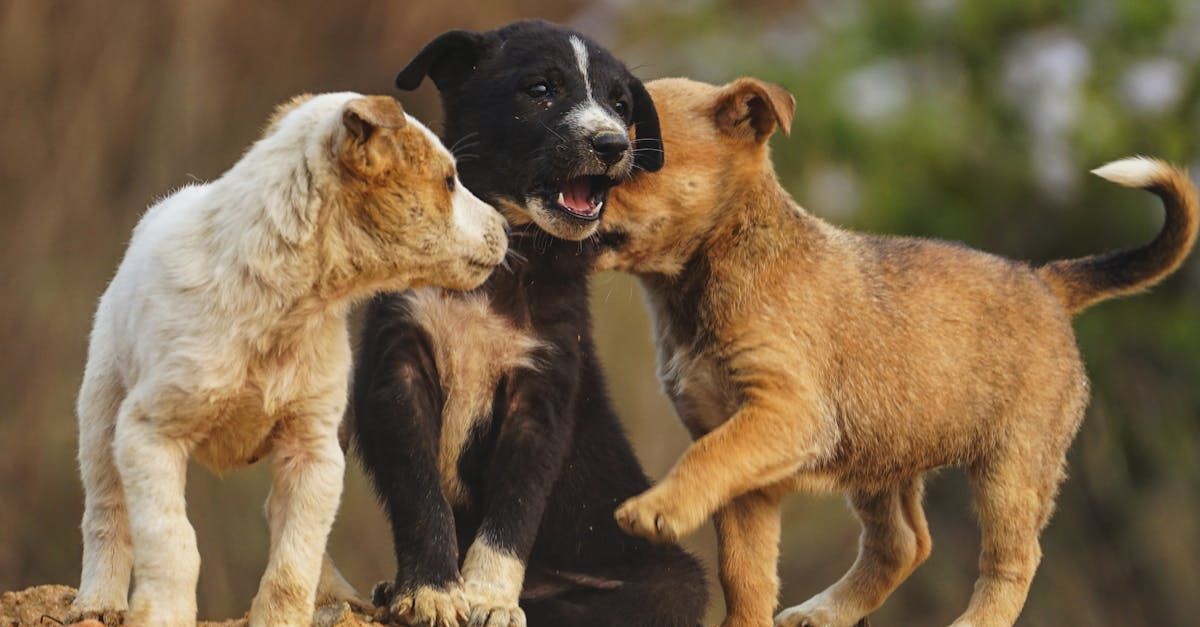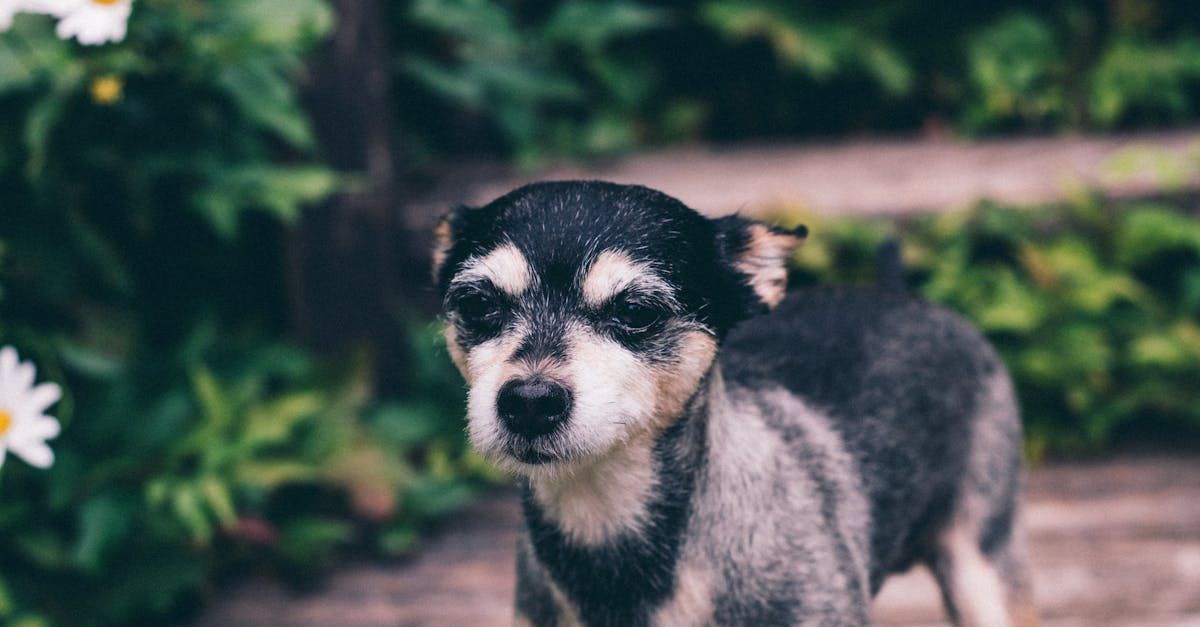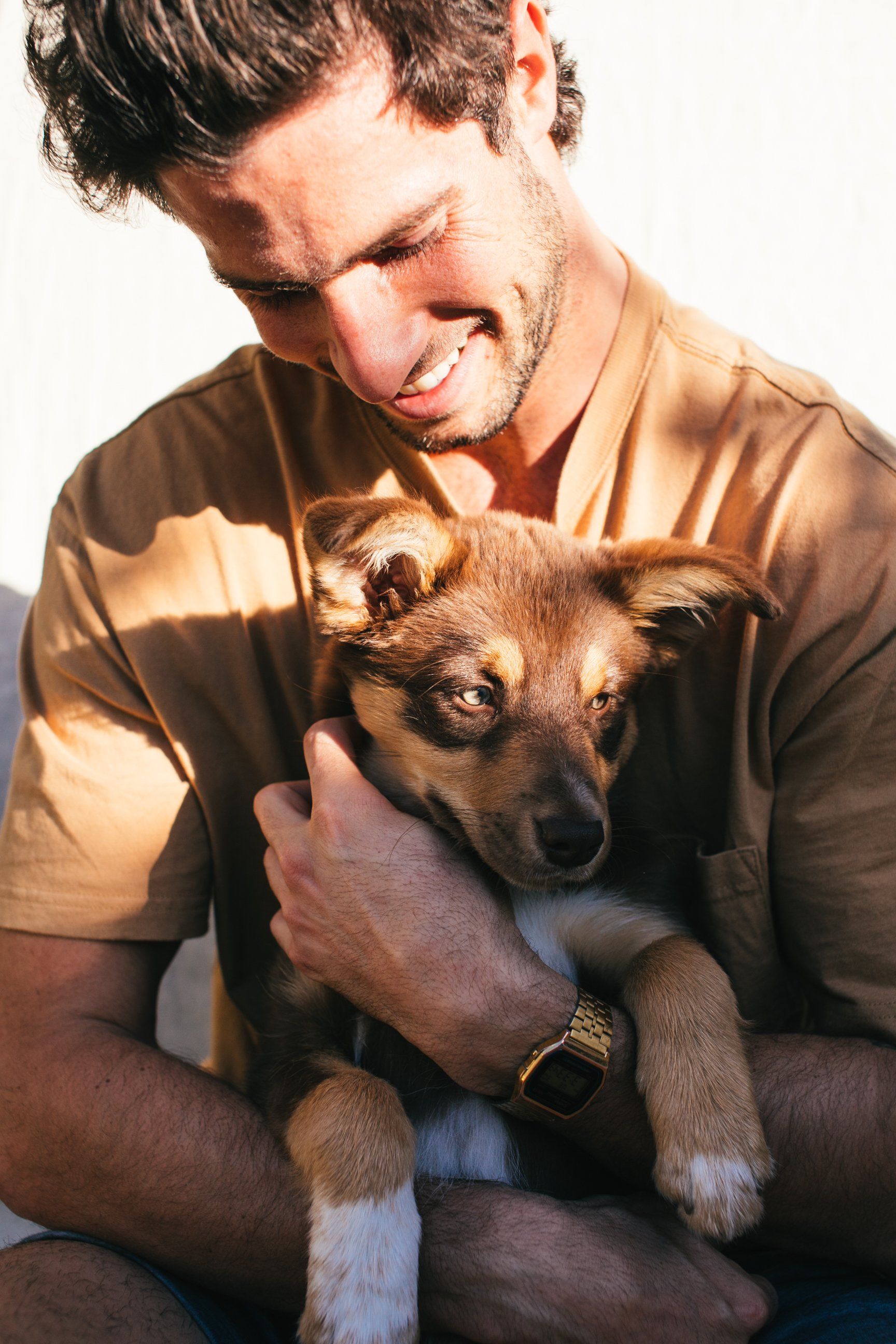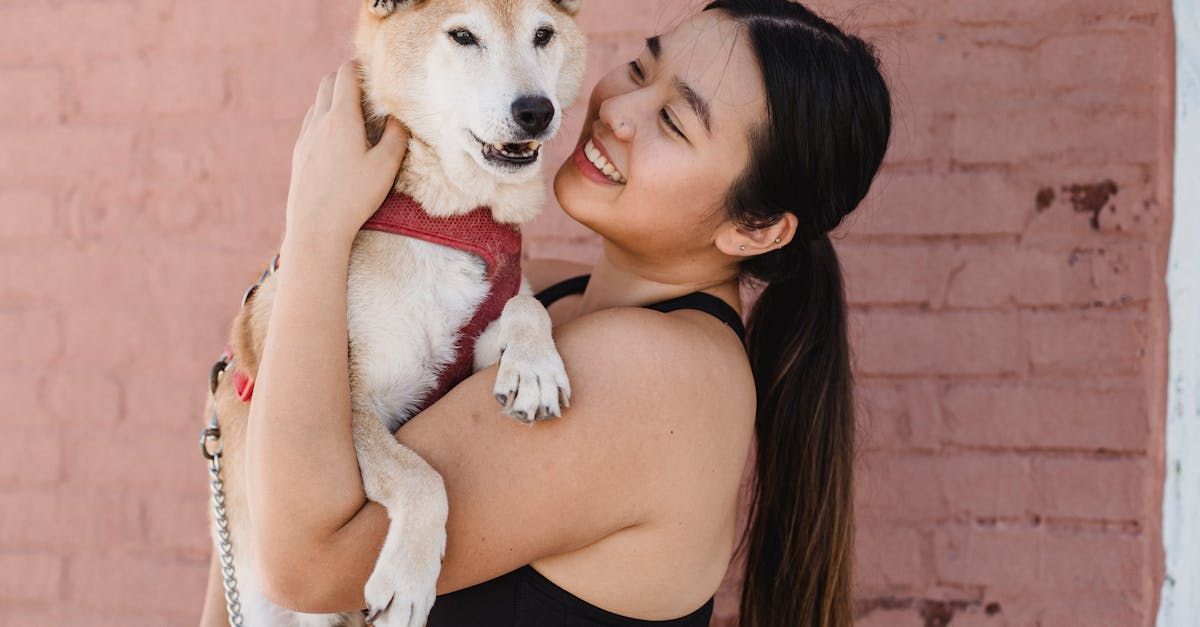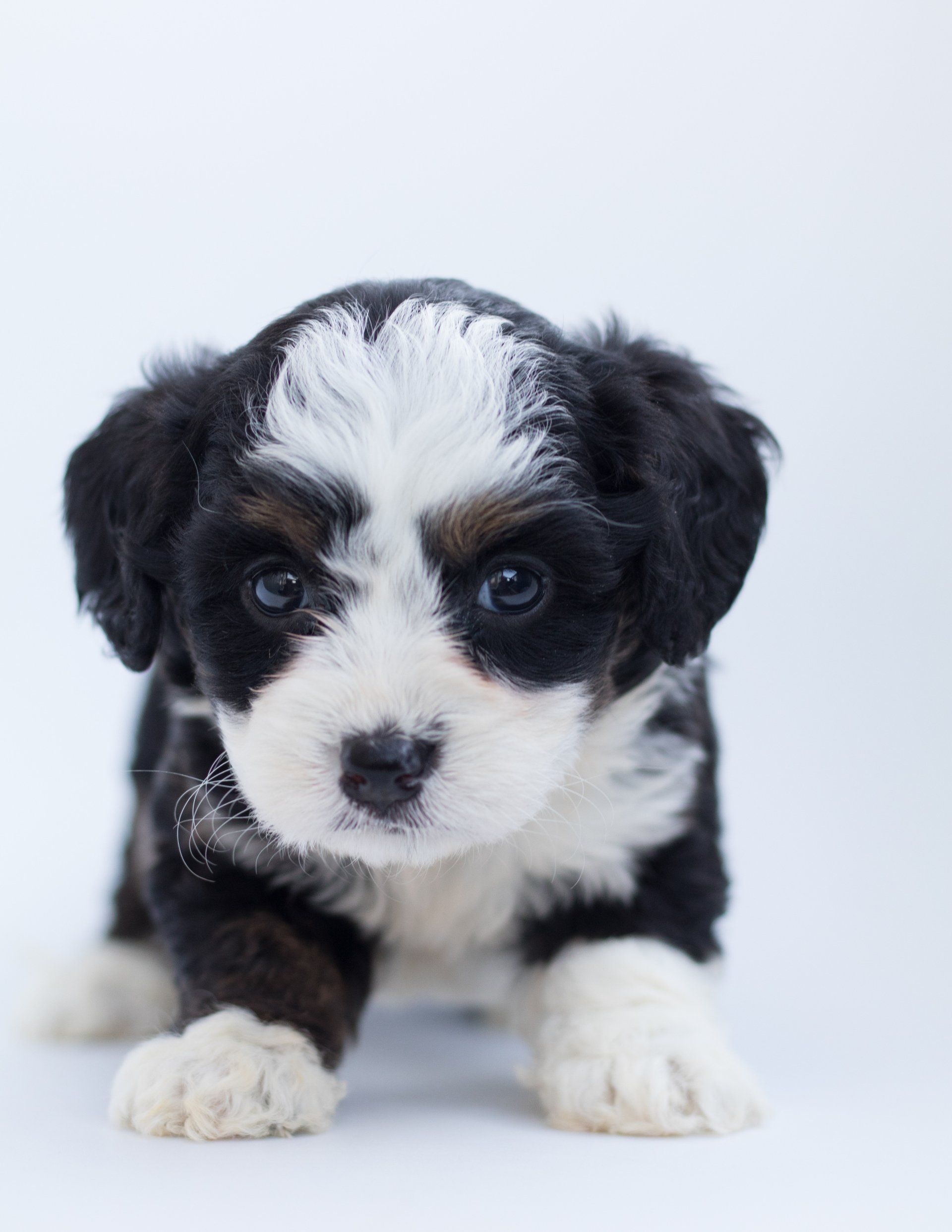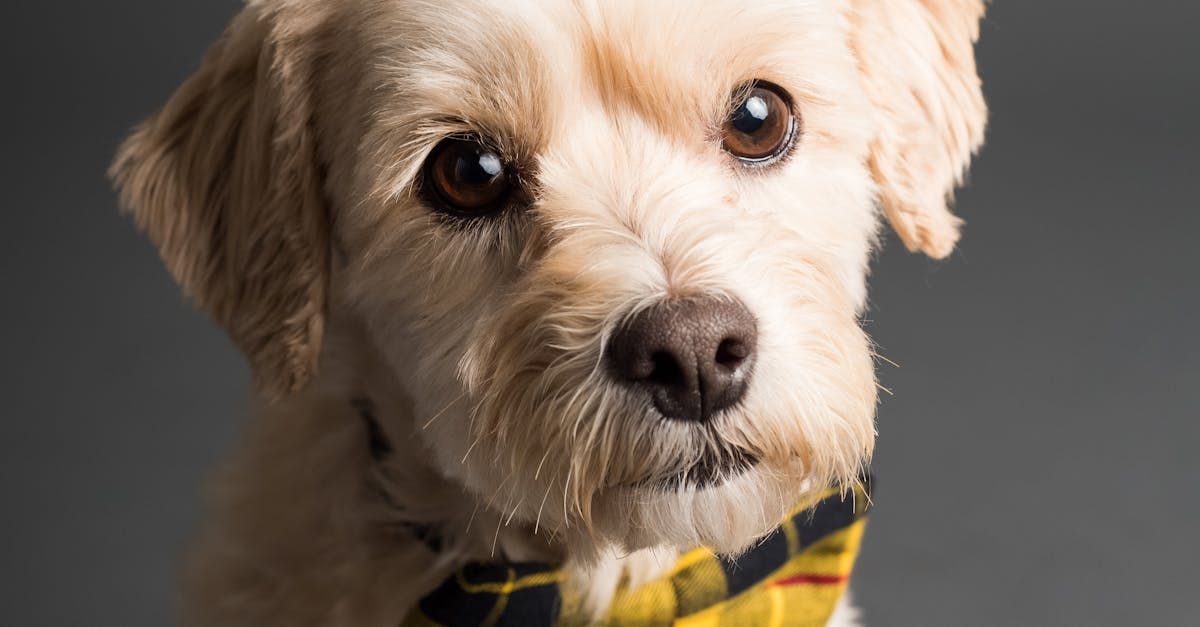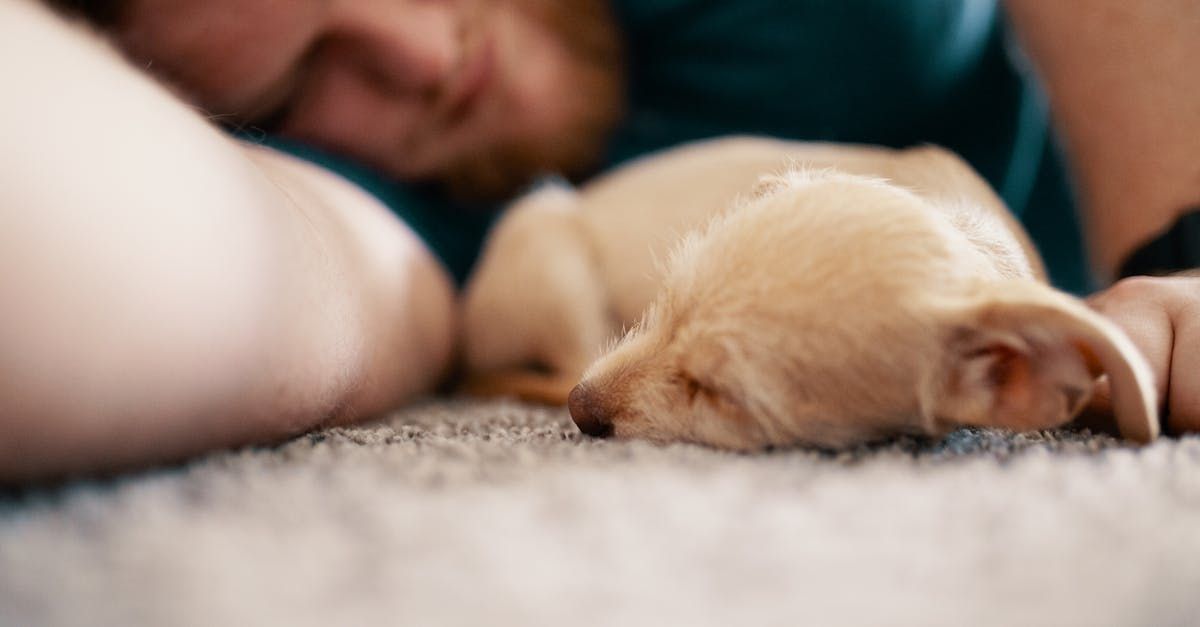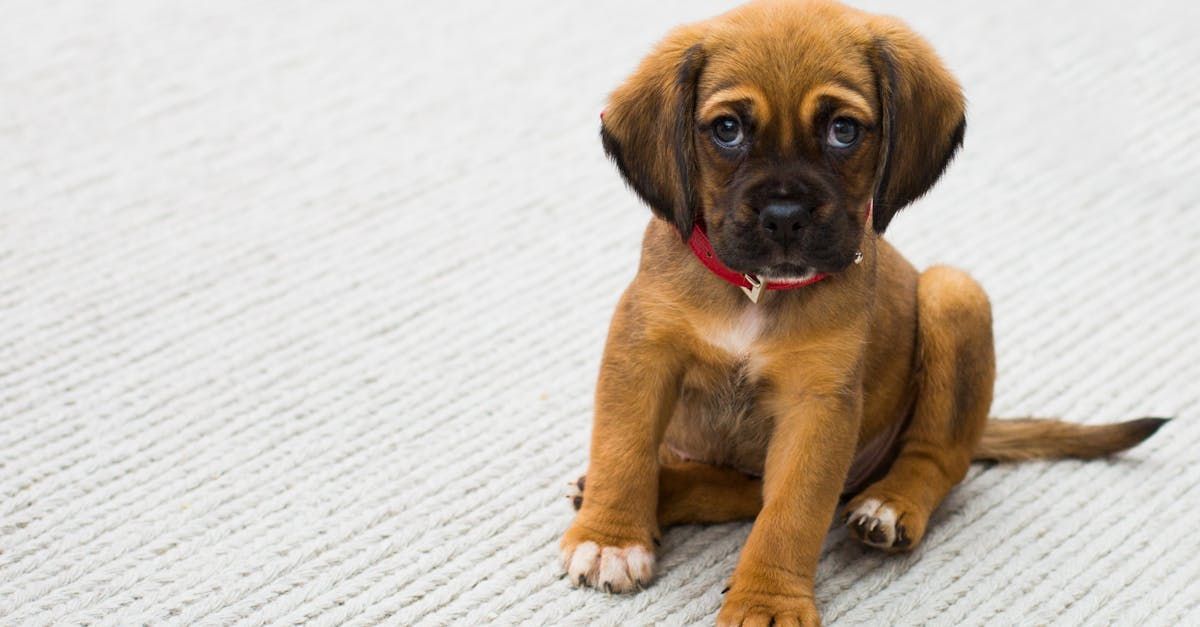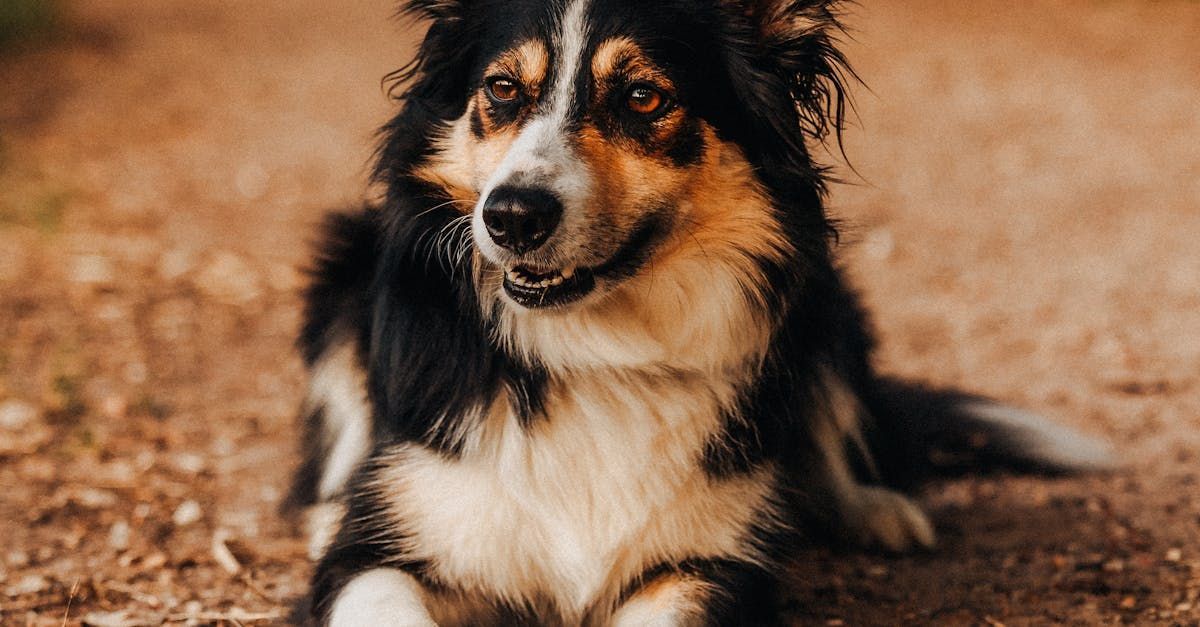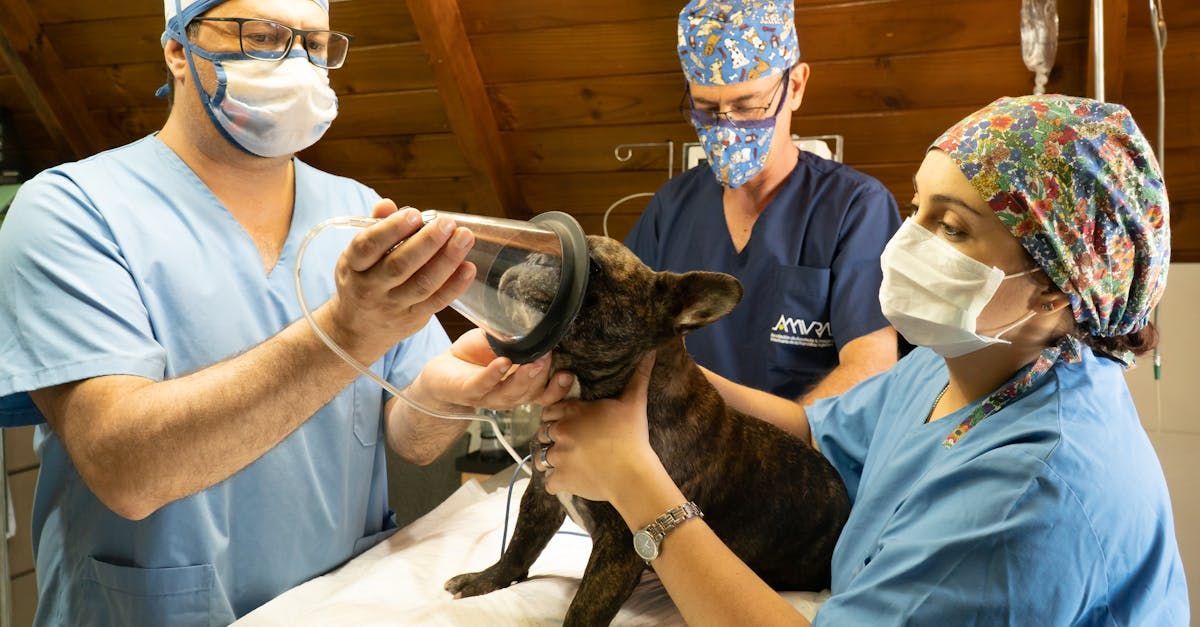Socializing Your New Puppy:
How to Socialize Your Puppy:
Socialization is a critical aspect of raising a well-rounded and confident puppy. It involves exposing your puppy to a variety of people, animals, environments, and experiences in a positive and controlled manner during their early developmental stages. Proper socialization helps prevent behavioral issues, fear, and aggression later in life while promoting adaptability and good manners. In this blog post, we'll explore effective strategies and tips for socializing your new puppy to ensure they grow into a happy, well-adjusted companion.
Understanding Puppy Socialization
Why is socialization important?
- Builds Confidence: Exposure to new experiences and stimuli helps puppies develop confidence and resilience.
- Prevents Fear and Aggression: Early positive interactions with people and animals reduce the likelihood of fear-based behaviors or aggression.
- Promotes Adaptability: Well-socialized puppies are more adaptable to different environments, situations, and changes in routine.
When to Start Socializing
Early and continuous socialization is crucial for puppies, ideally starting as early as 3-4 weeks of age and continuing until they reach adulthood. However, you can begin socializing your puppy as soon as you bring them home, typically around 8 weeks of age, after they've had initial vaccinations and veterinary clearance.
Socialization Techniques and Tips
1. Controlled Exposures:
- Start at Home: Introduce your puppy to family members, friends, and visitors in a calm and positive environment. Encourage gentle handling and interaction.
- Gradual Introductions: Slowly expose your puppy to new people, animals, and environments to prevent overwhelm. Use treats and praise to create positive associations.
2. Puppy Classes:
- Enroll in Puppy Socialization Classes: These classes provide controlled environments where puppies can interact under supervision. They also offer opportunities for structured learning and play.
3. Expose to Various Environments:
- Visit Different Places: Take your puppy to parks, pet-friendly stores, sidewalks, and other safe public spaces. Expose them to different sounds, sights, and surfaces.
- Car Rides: Take short car rides to help your puppy become comfortable with traveling.
4. Positive Reinforcement:
- Reward Good Behavior: Use treats, praise, and toys to reward your puppy for calm and friendly interactions with people, animals, and new environments.
- Stay Calm and Patient: Remain calm and patient during socialization sessions. Avoid reacting negatively if your puppy shows signs of fear or hesitation.
5. Supervision and Safety:
- Monitor Interactions: Always supervise interactions between your puppy and other animals, especially unfamiliar dogs. Step in to redirect or remove your puppy if play becomes too rough or overwhelming.
6. Handling Exercises:
- Practice Gentle Handling: Regularly handle your puppy's paws, ears, and mouth to accustom them to grooming and veterinary care. Make these experiences positive with treats and praise.
Common Socialization Challenges
Fear Periods: Puppies may go through fear periods where they become more cautious or fearful. During these times, continue socializing gently and positively, but avoid forcing interactions.
Health Considerations: Ensure your puppy is up-to-date on vaccinations and parasite control before exposing them to unfamiliar dogs or environments with potential health risks.
Conclusion
Socializing your new puppy is an ongoing process that requires patience, consistency, and positive reinforcement. By exposing them to a variety of people, animals, environments, and experiences in a controlled and positive manner, you'll help them develop into a confident, well-behaved adult dog.
Invest time and effort into socializing your puppy during their critical developmental stages to lay the foundation for a lifetime of positive interactions and enjoyable experiences. Remember, each puppy is unique, so tailor socialization techniques to suit your puppy's personality and needs.



